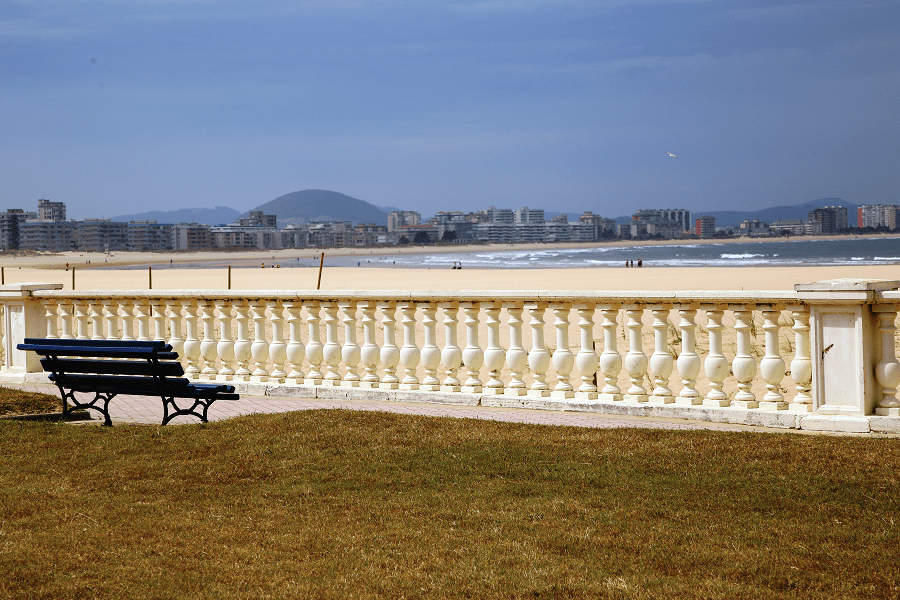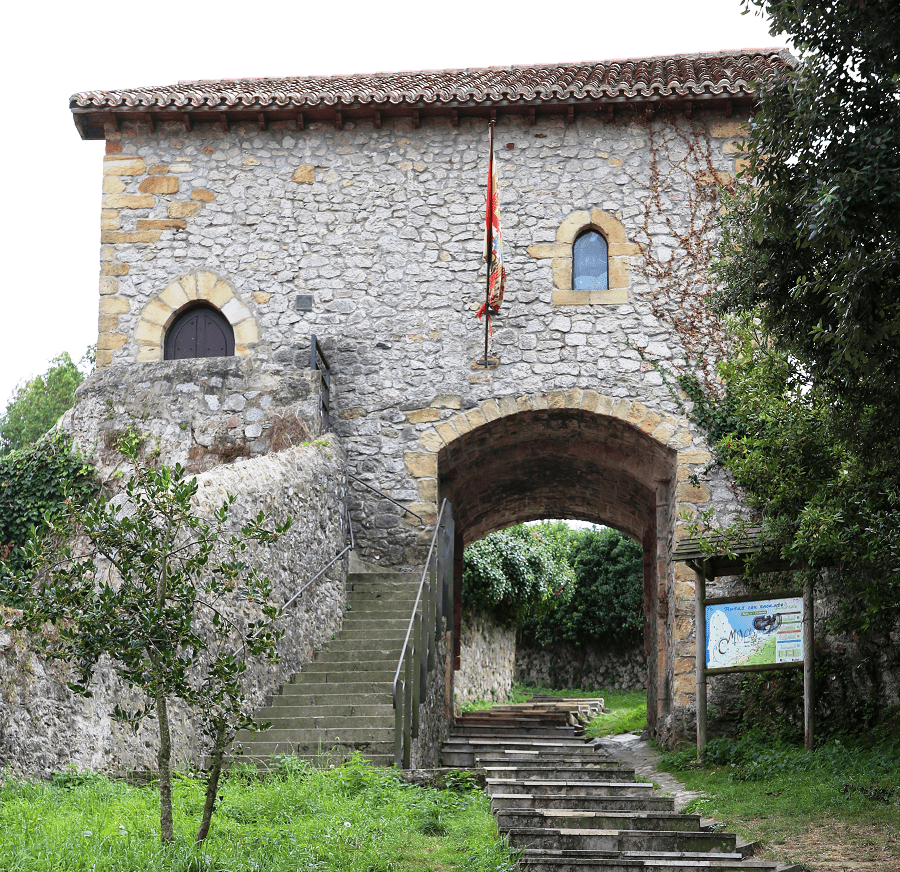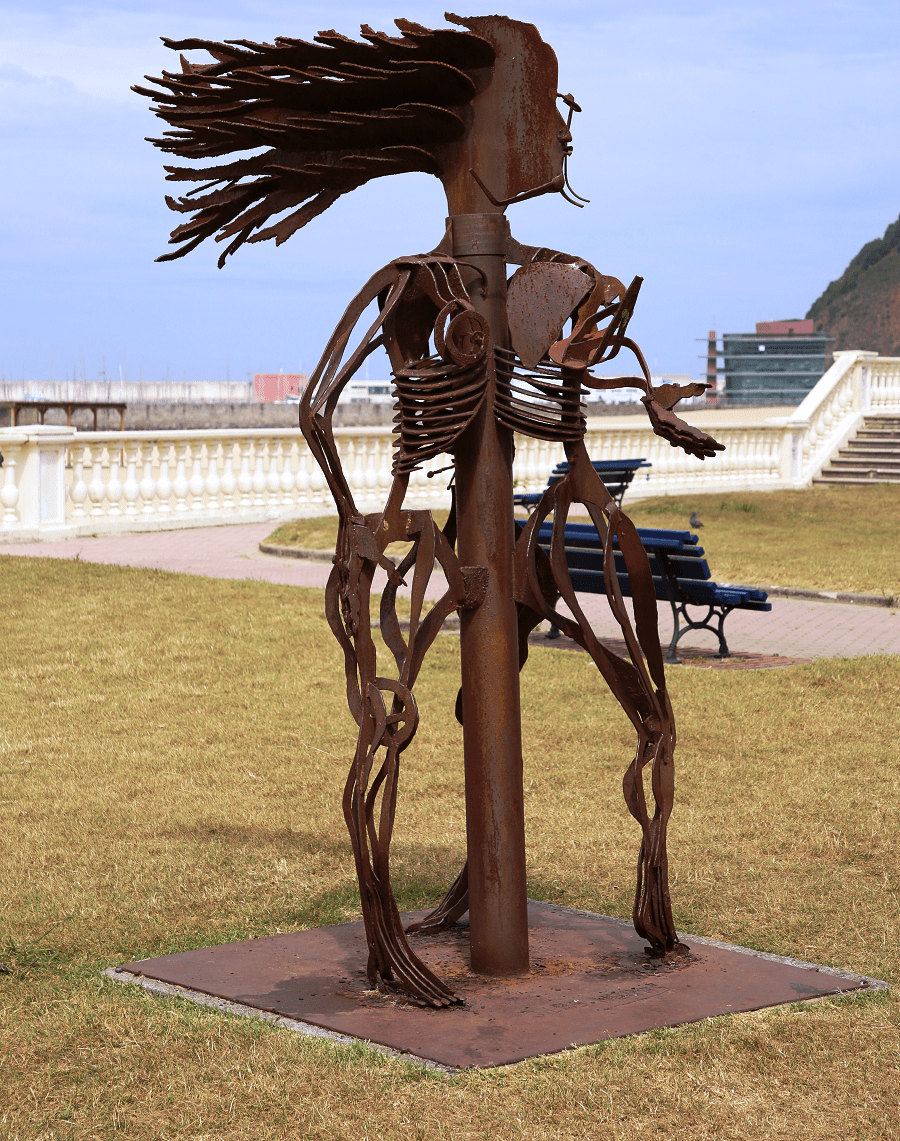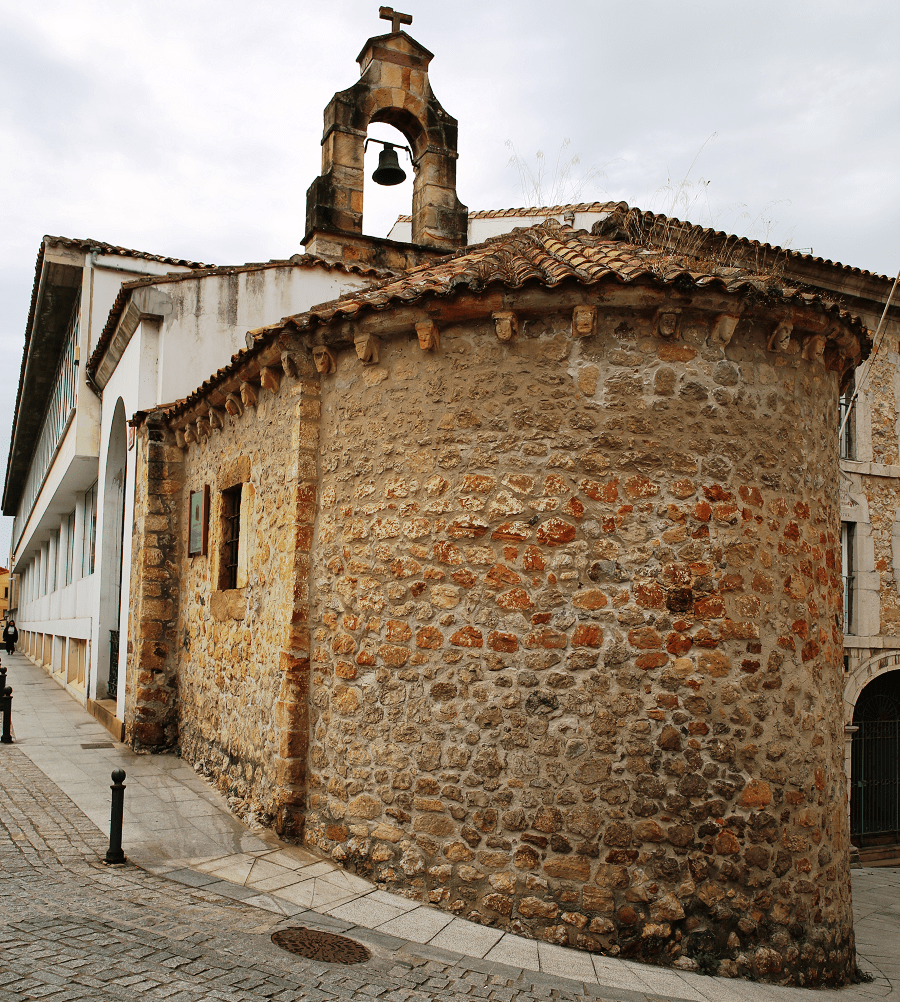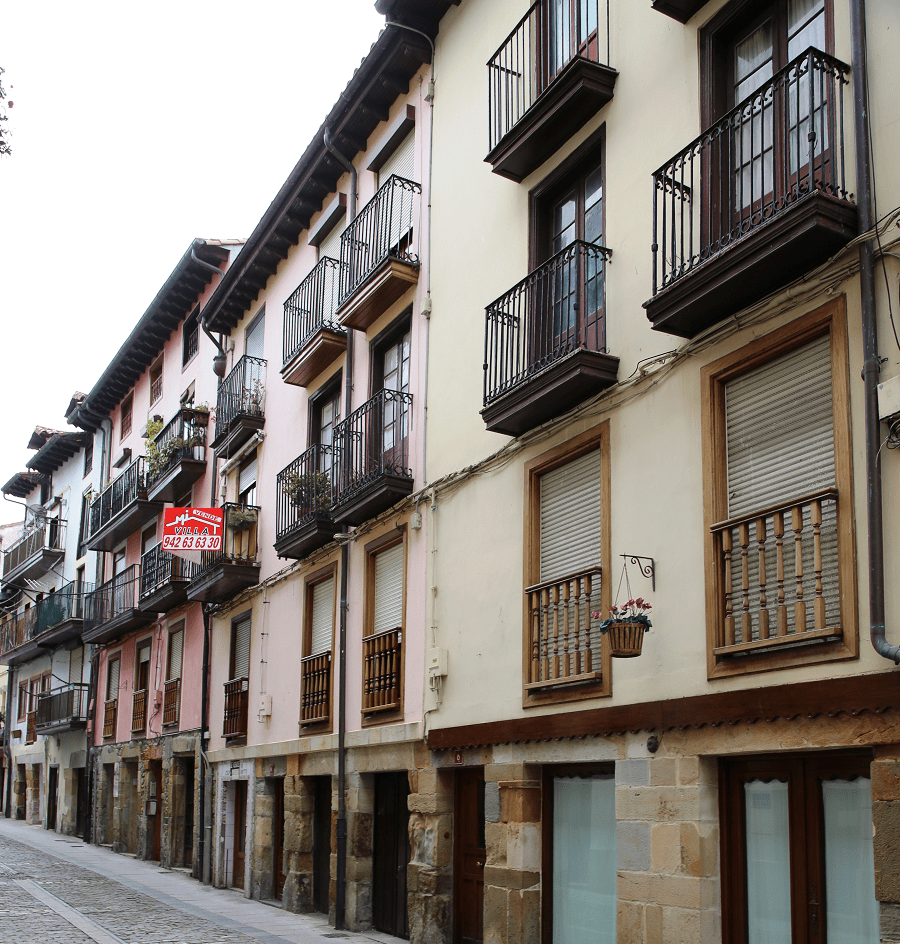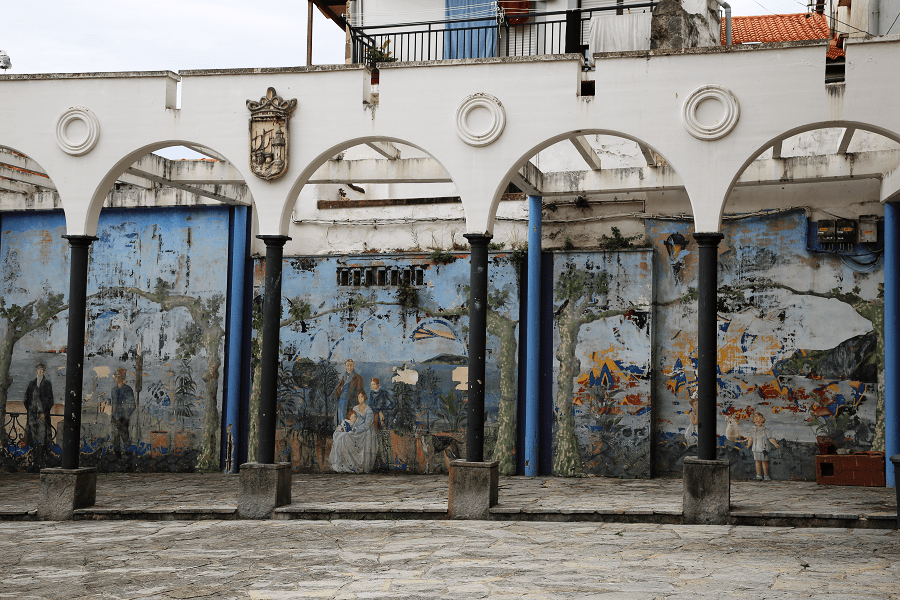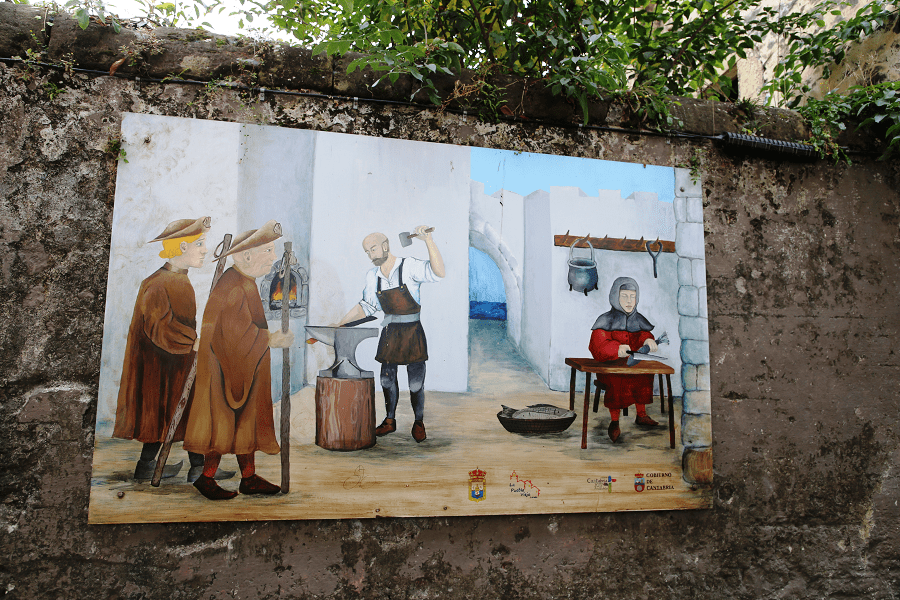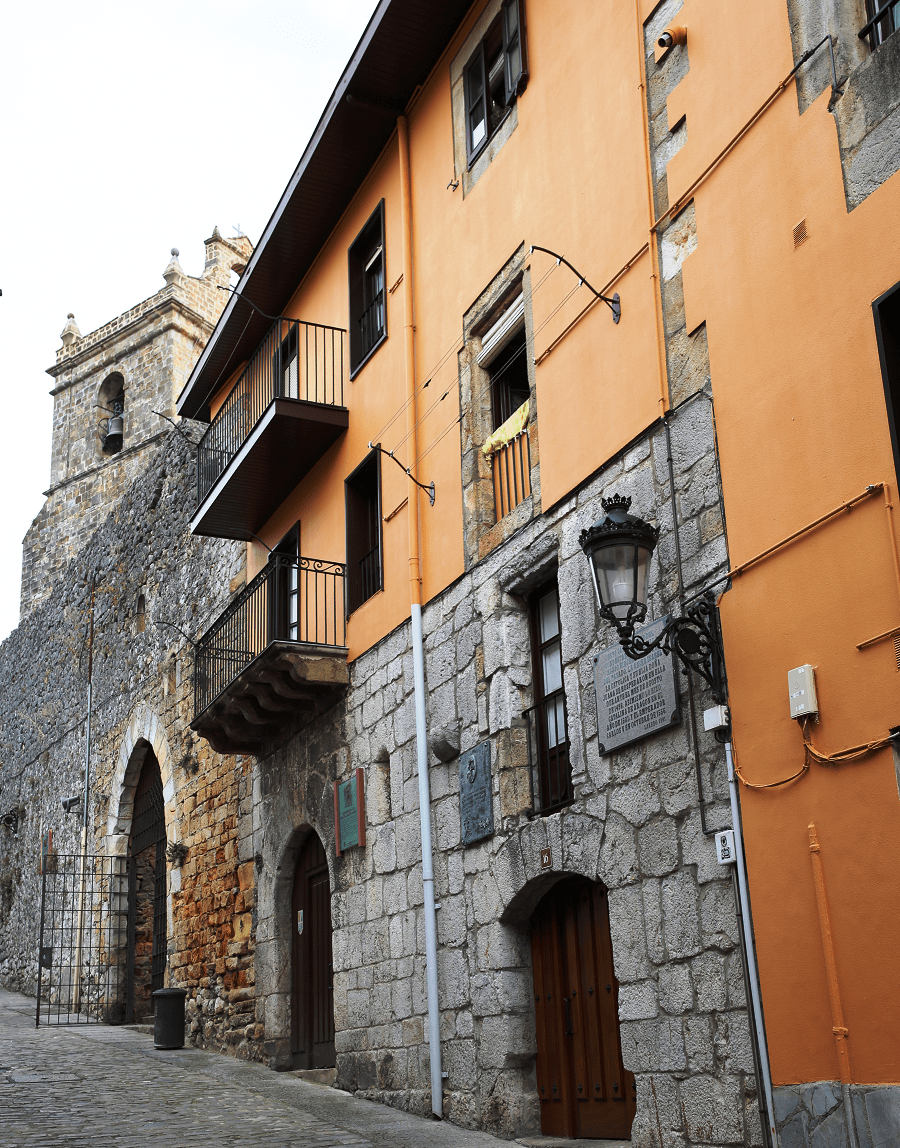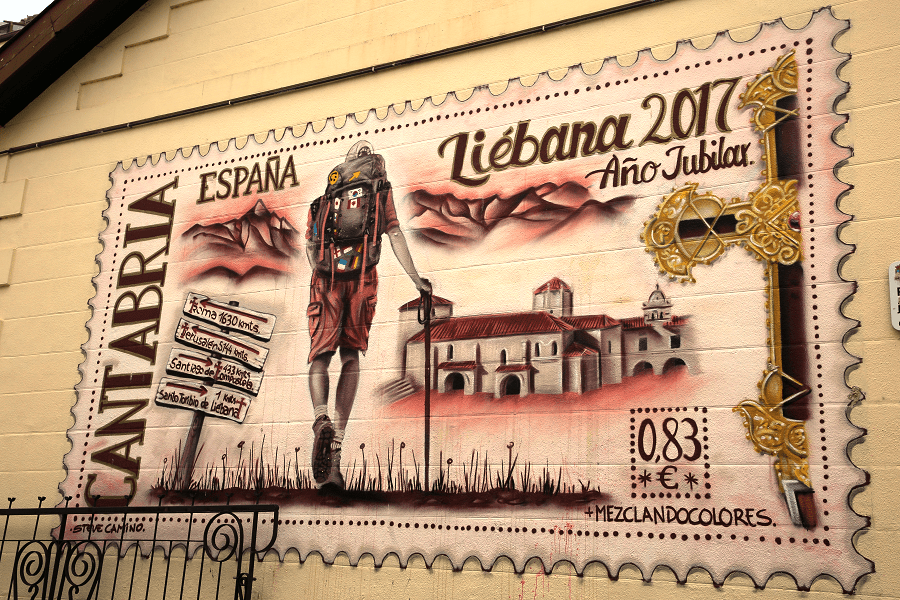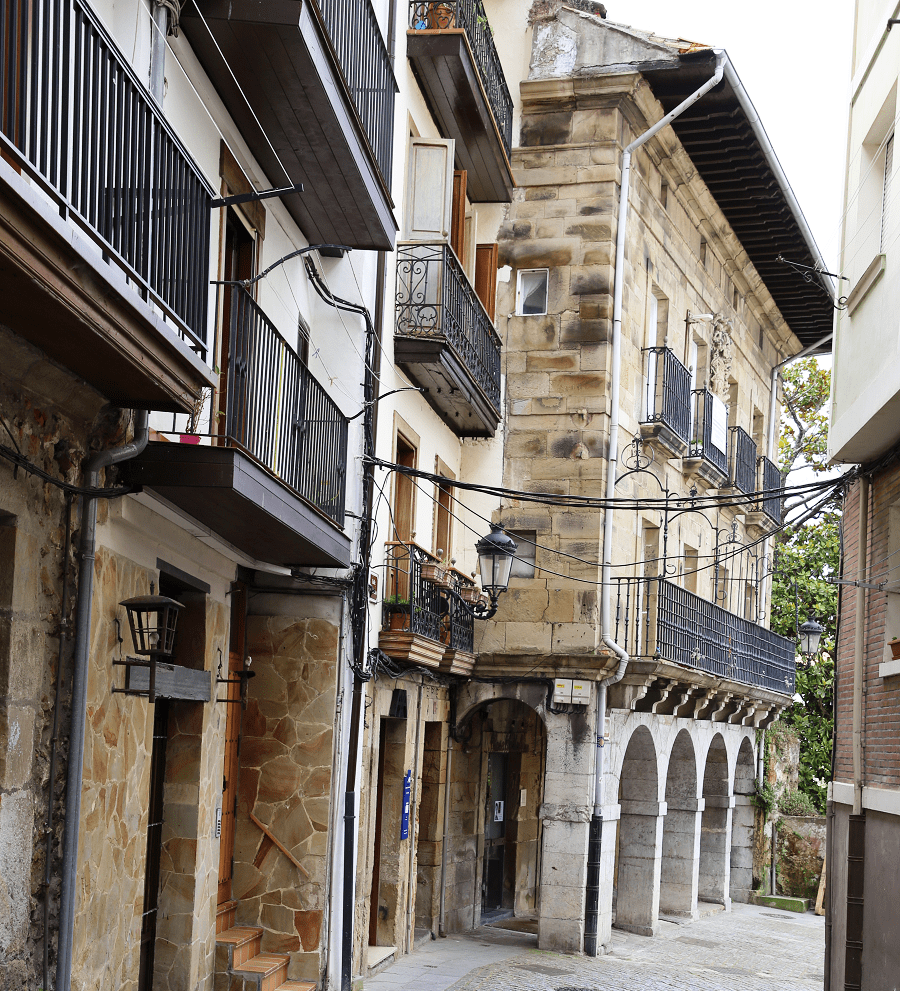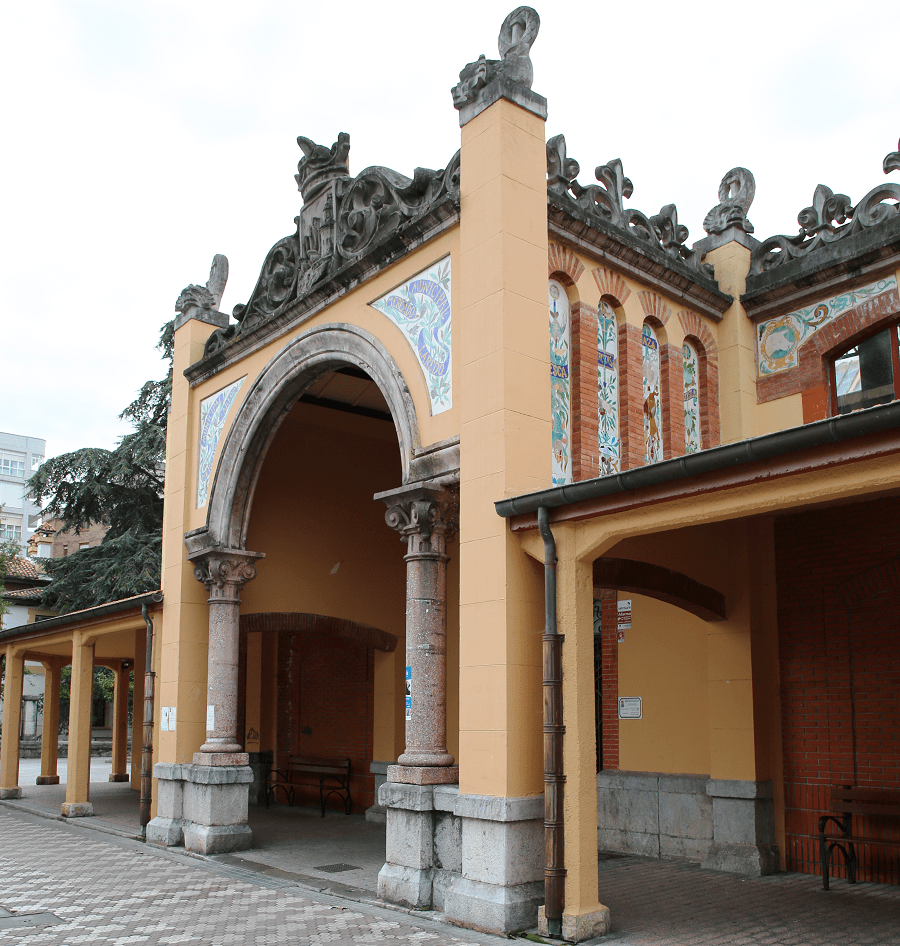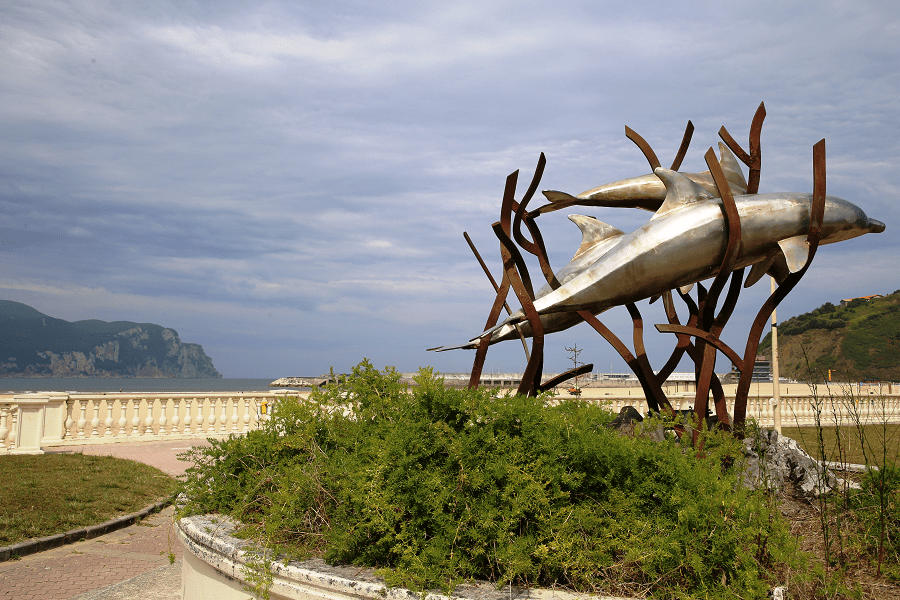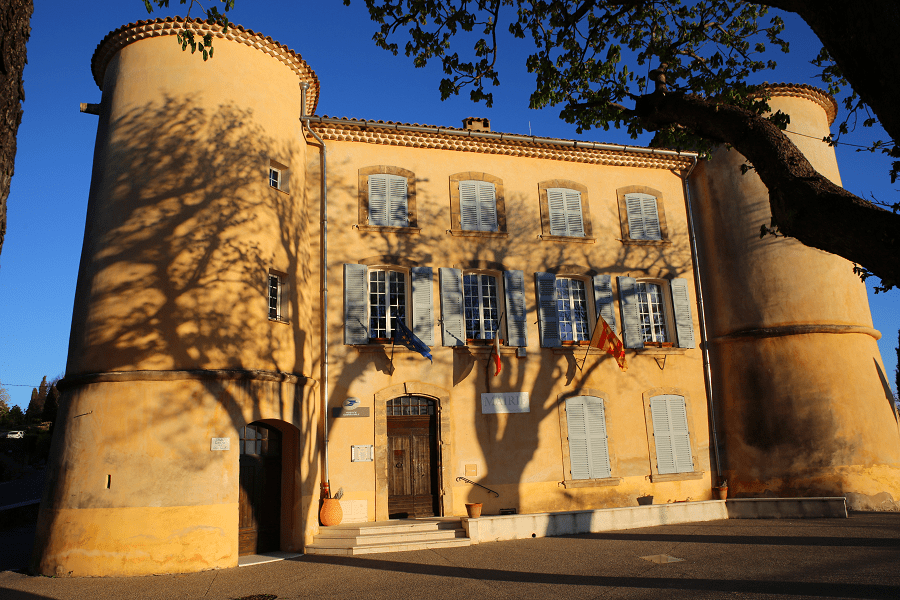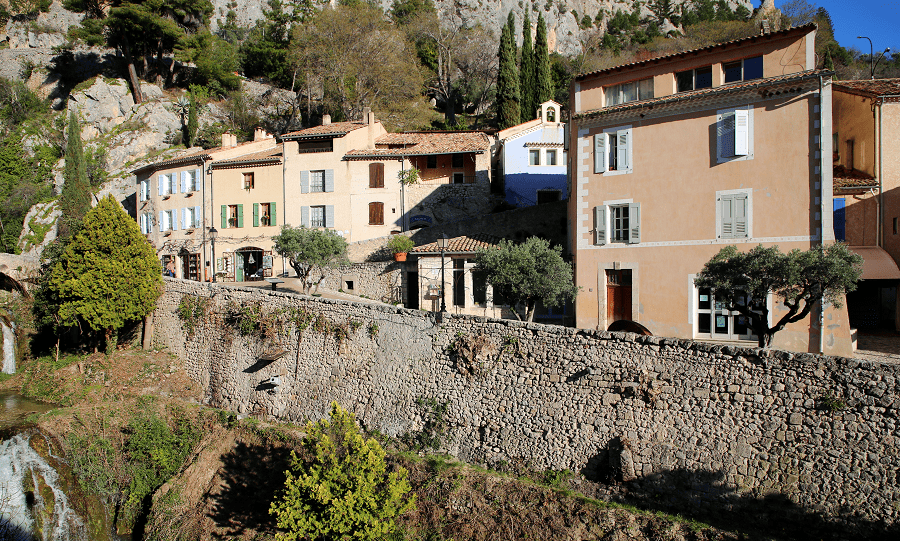Laredo is a city and a municipality in the autonomous community of Cantabria. Capital of the Costa Oriental region, it is located on the Cantabrian Sea, Spain.
The city is a popular part of the Costa Cantabria of the Atlantic resorts of Spain.
Tourism and main attractions
La Puebla Vieja de Laredo is the name given to the architectural ensemble of the old town of Laredo, made up of the six original streets and the Arrabal. It is one of the most outstanding monumental complexes of the medieval and modern centuries in Cantabria, a legacy of Laredo’s past as one of the Four Marine Villas of the Coast. It is made up of a remarkable historical heritage of churches, hermitages, mansions, tower-houses, gates, noble coats of arms, squares, rúas, stretches of walls, etc.
Declared a Historic-Artistic Site by the Ministry of Education and Science in 1970, in recent decades, however, it has been seriously damaged by certain economic, social and urban processes.
The arrival of a growing number of vacationers, especially French, in the 1960s promoted the renewal of the Laredo hotel sector and turned Puebla Vieja into a tourist attraction, becoming fashionable as an area of hostesses and recreation: restaurants and taverns complemented with new cafeterias and nightclubs.
Other monuments include:
Church of Santa María de la Asunción. Located at the top of Puebla Vieja, it is a National Historic-Artistic Monument (1931). It is the most relevant medieval religious building in the town, framed in Gothic art that follows the style of the Cistercian abbeys of Pontigny.
It is one of the most important Gothic constructions in Spain, especially in its interior structure. Its origin dates back to the 13th century, a period from which four naves have survived.
Its construction began in 1200, presumably on a previous church that was dedicated to the Virgin of Bethlehem, hence its first invocation.
Watchtower Tunnel. Located under Mount Atalaya, it was built in 1863, in order to allow the construction of the “Muelle de la Soledad”, on the other side of the Atalaya de Laredo.
During the Spanish Civil War, it was occasionally used as a refuge from air raids. It has a length of 221 meters, and at the end of it we find the “Mirador del Abra” fully integrated into the natural environment, from where you can see the coast of Laredo and access on foot to a cliff area.
Chapel of the Holy Spirit, Romanesque hermitage.
Rake Fort. Located in Atalaya, it closed the bay against possible attacks by enemy ships, together with the Fort of San Carlos in Santoña. It was in service until the beginning of the 20th century, its first buildings date from the 16th century. It houses a set of architectural remains of military use.
This environment has been the object of rehabilitation since the end of the 1990s.
House of the Four Seasons. Both this building and the one known as “Palacio de Carasa” were built by the wealthy landowner D. Ramón de Carasa, in the mid-19th century. Building known as “the four seasons”, it is one of the best examples of decorative tendencies of the domestic architecture of the 19th century in Cantabria.
It gets its name from the four sculptural allegories of the seasons that decorate it. Currently, it houses the facilities of the Laredo courts.
Dr. Velasco Schools. Doctor Velasco, born in Laredo, emigrated to Uruguay where he became a prestigious surgeon. With the typical Indian attitude, he invested part of his fortune in building schools in his hometown, with the aim of providing free education to young people, mainly those from the working class.
Currently, he has become a cultural reference in the municipality hosting a wide program of cultural activities (exhibitions, conferences, talks, workshops, courses, etc). It is also the headquarters of the Summer Courses of the University of Cantabria.
Market Building. The Market, popularly known as the “fish square”, was built in the early years of the 20th century (1900) and has been listed in the General Inventory of Cultural Heritage of Cantabria since 2002.
This is a modernist-style building with eclectic elements.
Beaches
- Laredo is known in the region and nationally for “La Salvé”, its 5 km long beach (7 km at high tide) : blue flag, fine golden sand ;
- Regatón Beach: Semi-urban, fine golden sand ;
- Aila Beach: Small isolated and rocky beach with strong waves and winds.
How to get to?
Nearest airports are in Santander and Bilbao.
From Santander 41 min (46.6 km) via S-10 and A-8
From Bilbao 46 min (57.3 km) via A-8
From Madrid 4 hr 26 min (462 km) via A-67
Main information
Area: 15 km²
Coordinates: 43°24′52″N 3°24′36″W
Population: 10 996
Languages: Spanish
Currency: Euro
Visa: Schengen
Time: Central European UTC +1
See here best sea and ocean resorts of France and Spain (223 objects)




